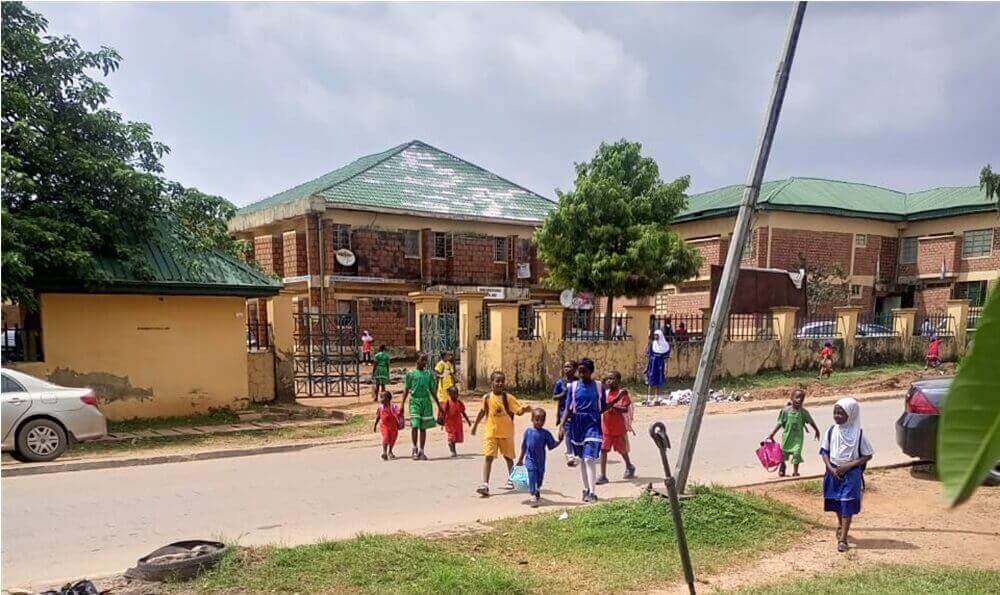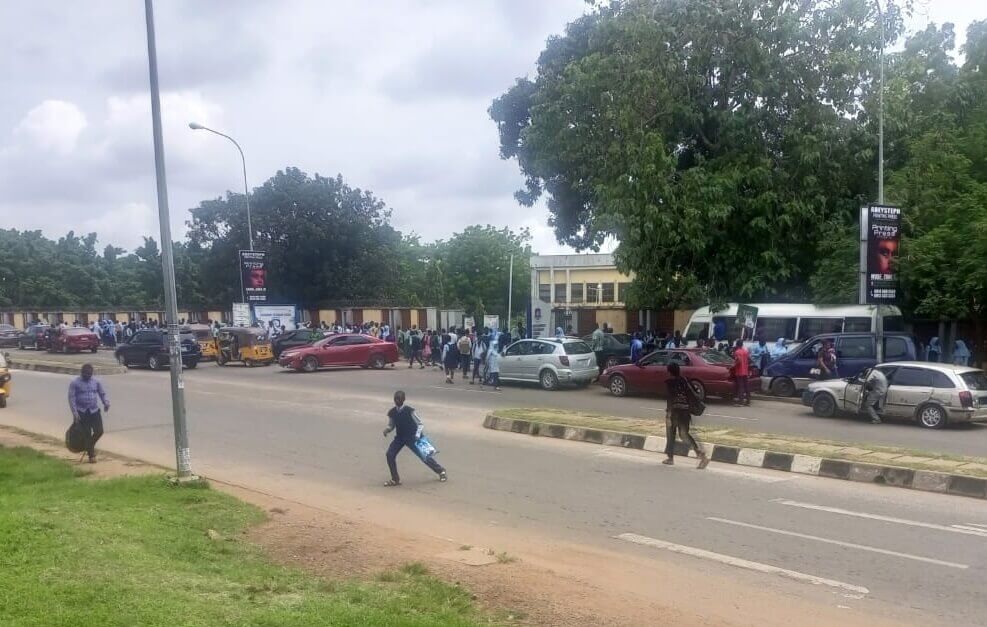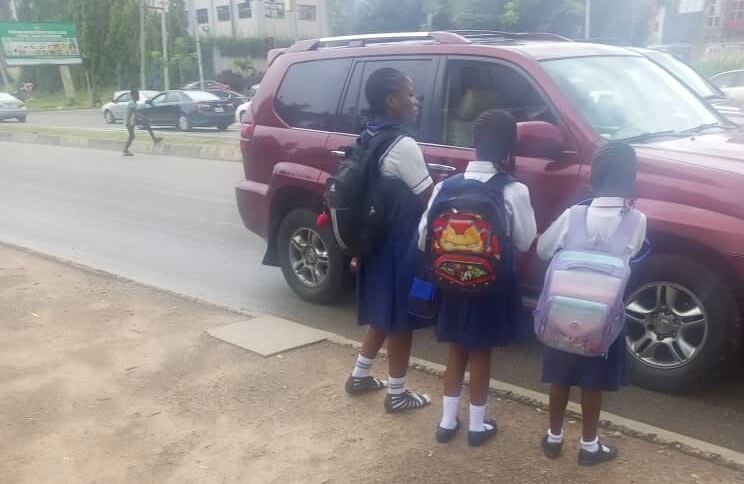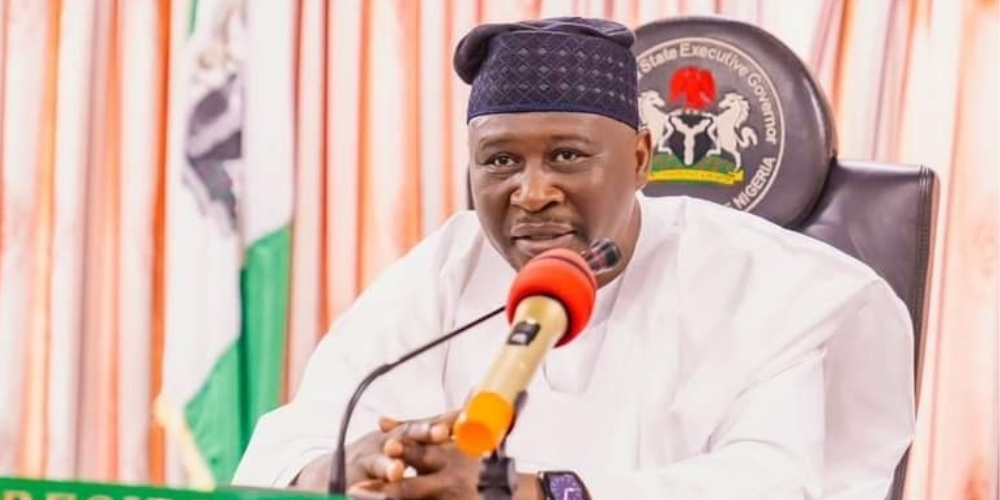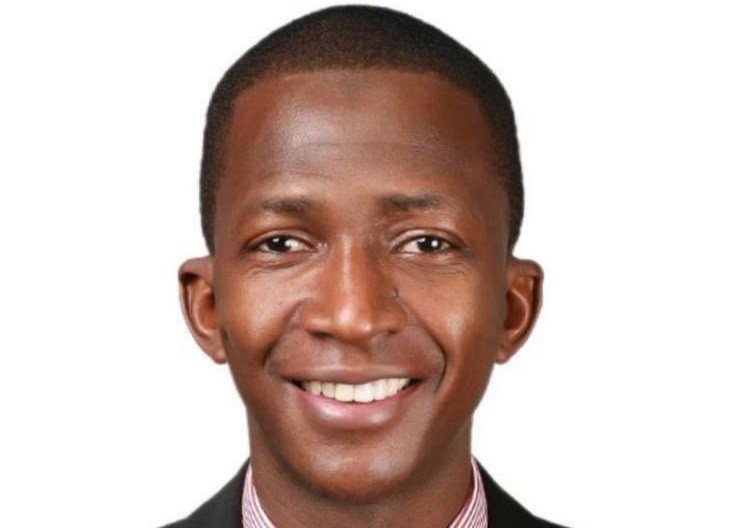Nota del Editor: Este artículo contiene referencias y enlaces a imágenes y videos gráficos.
Las imágenes de muertes y destrucción en Israel y Gaza son abundantes, perturbadoras y muy reales. Al mismo tiempo, la desinformación sobre la guerra ha prosperado.
Han habido reportes verificados de que Hamas, el cual atacó a Israel el 7 de octubre, cometió violencia en contra de niños. Pero en particular una perturbadora declaración — de que militantes del grupo palestino decapitaron a docenas de bebes — ganó prominencia en los días despues de la masacre, y fue amplifacada en los niveles mas altos de los gobiernos estadounidenses e israelies. Este reporte sigue sin ser verificado.
Desde el ataque, la declaración ha sido ampliamente repetida por políticos incluyendo al Presidente Joe Biden, la representante republicana de Georgia, Marjorie Taylor Greene, y la representante republicana de Nueva York, Elise Stefanik; medios de comunicación, como CNN, Fox News y el New York Post; oficiales israelíes, incluyendo la oficina del primer ministro; el actor Noah Schnapp y otros usuarios en las redes sociales con un gran número de seguidores.
La devastación de la guerra se ha intensificado en los días subsecuentes. The Associated Press reportó el 20 de octubre que en Gaza, las autoridades de salud palestinas dijeron que al menos de 4,137 personas han sido asesinadas y más de 13,200 heridas — incluyendo más de 500 muertes en una explosión de un hospital. (Un informe de inteligencia estadounidense del 20 de octubre estimó la muerte de entre 100 a 300 personas en la explosion del hospital en Gaza).
En Israel, al menos 1,400 personas han sido asesinadas y 4,500 heridas a la fecha del 20 de octubre. El número de muertos incluye a 32 estadounidenses. Y Hamas tomó a más de 200 personas como rehenes, reportó NBC News.
La violencia confirmada ya es lo suficientemente horrible. Así que, ¿por qué una declaración proveniente de una fuente dudosa sobre la decapitación de 40 bebés viajó a lo largo y ancho?
Expertos en desinformación y el Medio Oriente señalaron la respuesta emocional provocada por la violencia contra niños, junto con la falta de confirmación por fuentes oficiales.
“Porque es una declaración impactante … ha obtenido atención significativa así como también intentos de apoyo o refuta”, dijo Osamah Khalil, un profesor de historia en la Syracuse University especializándose en el Medio Oriente moderno y las políticas exteriores de Estados Unidos.
PolitiFact examinó el origen de la declaración y documentó cómo los políticos estadounidenses e israelíes y los medios la repitieron y luego se retractaron.
La declaración se originó con un reporte de campo
La declaración de que Hamas decapitó a 40 bebés se remonta a los comentarios al aire de una reportera israeli.
El 10 de octubre, tres días después del ataque de Hamas en el kibutz o comuna de Kfar Aza en el sur de Israel, las Fuerzas de Defensa de Israel, el ejército de la nación, permitió a medios de comunicación reportar desde el sitio devastado. La reportera Nicole Zedeck de i24 News, un canal de noticias israeli, dijo que soldados israelíes le dijeron que infantes habían sido asesinados en el ataque.
“El ejército israeli sigue diciendo que ellos no tienen un número claro (de las víctimas), pero estoy hablando con algunos de los soldados, y ellos dicen que lo que han presenciado es, ellos han estado caminando por las diferentes casas, estas diferentes comunidades — bebés, con sus cabezas cortadas. Eso es lo que ellos dijeron”, dijo Zedeck durante su transmisión en inglés desde Kfar Aza.
También el 10 de octubre, Zedeck publicó en X que “uno de los comandantes me dijo que vieron cabezas de bebés cortadas”. Treinta y cinco minutos después, ella publicó de nuevo, diciendo “soldados me dijeron que ellos creen que 40 bebés/niños fueron asesinados”.
Ella no dijo que Hamas decapitó a 40 bebés, pero varias publicaciones en las redes sociales tergiversaron esos informes.
El 11 de octubre, medios de comunicación en los Estados Unidos y el Reino Unido, incluyendo The Independent, The Daily Mail, CNN, Fox News y el New York Post, repitieron las declaraciones de que Hamas había decapitado bebés, citando a medios israelíes o la oficina del primer ministro como fuentes.
En Telegram el 11 de octubre, Hamas desestimó “las declaraciones falsas promovidas por algunos medios de comunicación occidentales, como los palestinos luchadores por la libertad asesinando niños y atacando a civiles”, sin mencionar específicamente decapitaciones.
Sin embargo, la evidencia cuestiona la amplia refutación de Hamas: mujeres, niños y adultos mayores estaban entre los miles asesinados o heridos en el ataque sorpresa del grupo militante, reportaron ABC News y The New York Times. Múltiples medios de comunicación reportaron que mujeres estaban entre las personas secuestradas por Hamas.
El grupo militante “ha dicho repetidamente que ellos no atacan o asesinan intencionalmente a mujeres y niños”, a pesar de la evidencia abrumadora contradiciendo estas declaraciones, dijo Khalil.
Oficiales israelíes y estadounidenses repitieron la declaración, después se distanciaron
Líderes políticos, primero en Israel, y después en Estados Unidos, le dieron credibilidad a las declaraciones de decapitación tempranamente. Pero oficiales después enmendaron sus declaraciones, lo que incrementó la confusión.
El 11 de octubre, un vocero del primer ministro israeli, Benjamin Netanyahu le dijo a CNN que bebes y niños fueron encontrados en Kfar Aza con sus “cabezas decapitadas”. La siguiente mañana, CNN reportó que el gobierno israeli no podía confirmar la declaración de que Hamas decapitó bebés, contradiciendo la declaración anterior de la oficina del primer ministro.
Biden también repitió la declaración durante una mesa redonda el 11 de octubre con líderes judios, diciendo, “Yo nunca pensé que iba a ver y a confirmar imágenes de terroristas decapitando a niños”.
Pero Biden no había visto, ni recibido confirmación de que Hamas decapitó a bebés o niños, le dijo más tarde la Casa Blanca a CNN. Biden se estaba refiriendo a los comentarios públicos de medios de comunicación y oficiales israelíes.
Biden fue más cuidadoso en sus comentarios del 18 de octubre en Israel: “Niños masacrados. Bebés masacrados. Familias enteras masacradas. Violación, decapitaciones, cuerpos quemados vivos”.
Netanyahu dijo durante las visitas del Secretario de Estado Antony Blinken y Biden a Israel que Hamas decapitó a personas, pero Netanyahu no dijo si las víctimas eran infantes.
La oficina del primer ministro israeli compartio el 12 de octubre fotos de bebés que dijo que fueron “asesinados y quemados” por Hamas. La publicación no mostró decapitaciones.
Blinken dijo que le mostraron documentación de “un infante acribillado con balas, soldados decapitados, y personas jóvenes quemadas vivas”, durante su visita del 12 de octubre.
Cuando le preguntaron sobre la autenticidad de las imágenes de los niños muertos que Netanyahu compartió, el vocero del Consejo de Seguridad Nacional de la Casa Blanca John Kirby dijo el 12 de octubre, “Yo no pienso que estamos en el negocio de tener que validar o aprobar esos tipos de imágenes. Estas son del primer ministro de Israel y no tenemos razón de dudar de su autenticidad”.
La reportera de i24 dijo que la declaración vino de soldados israelíes, pero las Fuerzas de Defensa de Israel no habían confirmado cuántos bebés o niños fueron asesinados o si alguno fue decapitado. El 12 de octubre, un vocero de la Fuerza de Defensa de Israel le dijo a PolitiFact que el ataque en Kfar Aza fue “una masacre en la cual mujeres, niños, y niños pequeños y ancianos fueron brutalmente masacrados en una forma de acción de ISIS”.
Como la declaración se volvió tan omnipresente
La velocidad a la que la información fue compartida siguiendo los ataques de Hamas, ampliamente superaron la habilidad de los periodistas e investigadores de verificar o hacer preguntas sobre lo que sucedió.
“Está todo atado a la falta de información confiable certificada”, dijo Dina Sadek, Mideast research fellow para el laboratorio de investigación forense digital del Atlantic Council. “(Le) deja a las personas especular y creer un montón de cosas que ellos están viendo en el Internet antes de esperar por una confirmación oficial”.
La declaración de las decapitaciones se rastrea a una reportera que dijo que ella estaba transmitiendo relatos de primera mano de los soldados. Pero otros periodistas en Kfar Aza, incluyendo Oren Ziv de +972 Magazine, la cual cubre a Israel y Palestina, y Samuel Forey del medio de comunicación francés, Le Monde, dijeron que sus reportes no corroboran este informe.
Durante el tour a través de Kfar Aza, Ziv dijo que él no vio evidencia de que Hamas había decapitado a bebés, “y un portavoz del ejército y comandantes tampoco mencionaron esos incidentes”, el público en X. Ziv dijo que periodistas en Kfar Aza estaban permitidos a hablar con cientos de soldados sin supervisión del equipo de comunicación de las Fuerzas de Defensa de Israel.
Similarmente, Forey dijo, “Nadie me dijo sobre las decapitaciones, mucho menos de niños decapitados, ni mucho menos de 40 niños decapitados”. Forey dijo que el personal de servicios de emergencia con quien él habló, no habían visto cuerpos decapitados. (Las publicaciones de Forey en X fueron traducidas del francés al español).
Dada la pesadez y polarización de este tema, Khalil, el profesor de la Syracuse University, advirtió que “todas las declaraciones y negaciones deberían ser tratadas con escepticismo y verificadas lo más posible”.
Este artículo fue escrito originalmente en inglés y traducido por Maria Briceño.
Read this article in English.
Lea más reportes de PolitiFact en Español aquí.
_______________________________________________
Debido a limitaciones técnicas, partes de nuestra página web aparecen en inglés. Estamos trabajando en mejorar la presentación.

